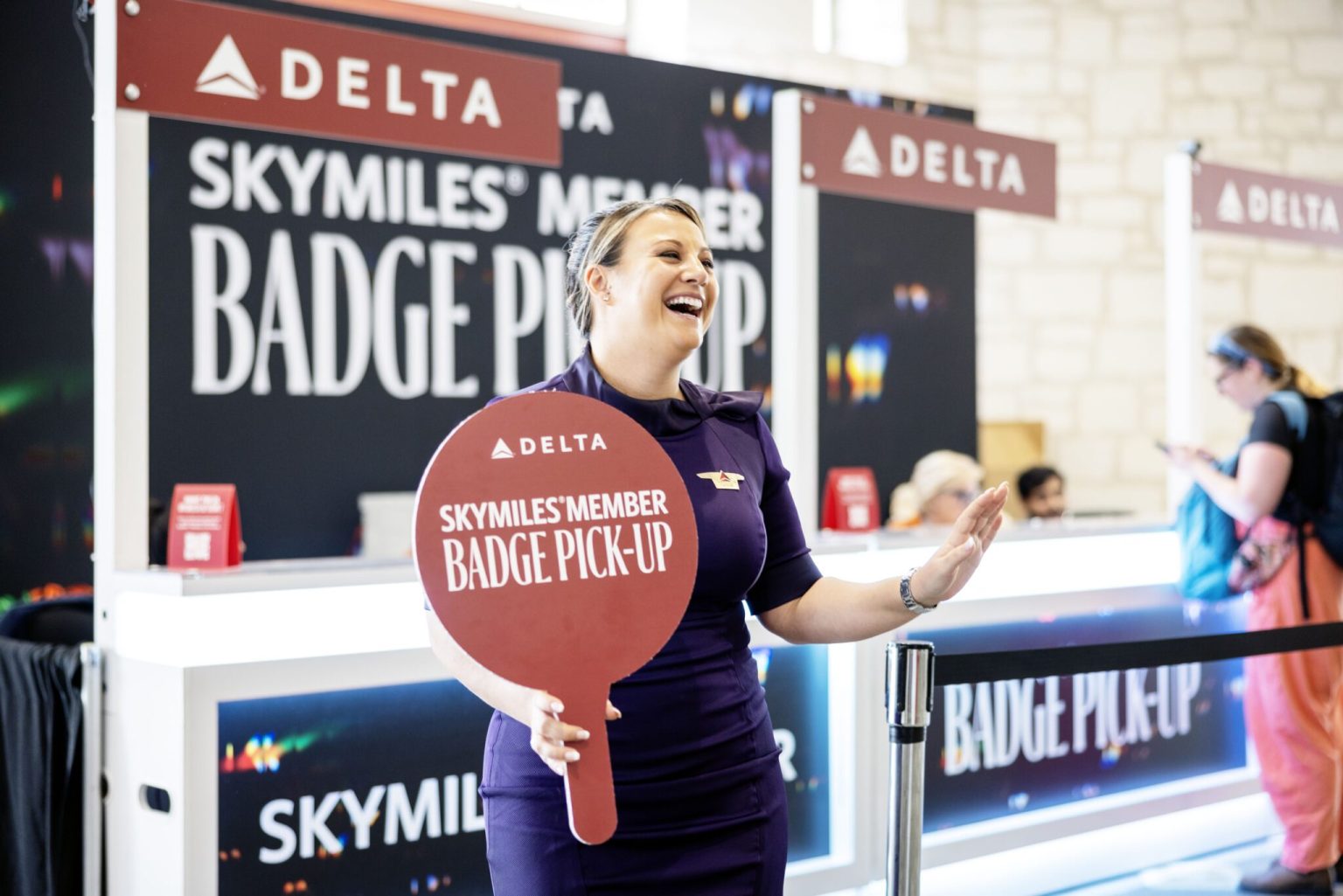The U.S. airline industry has shifted its focus towards loyalty programs as a key revenue driver. The ‘Big Three’ carriers, Delta, American, and United, heavily rely on frequent flyer programs and co-branded credit cards to boost their earnings. In the second quarter of the year, loyalty revenue continued to rise, setting the stage for potentially record-breaking numbers. Delta Air Lines, in particular, saw a significant increase in loyalty revenue, reaching $1.81 billion in the quarter. The success of Delta’s SkyMiles program has positioned it well to achieve its ambitious revenue targets from card partnerships.
American Airlines, on the other hand, faced some challenges in terms of profitability compared to its competitors. Despite being the weakest performer among the Big Three, American’s loyalty revenue still saw an 8% increase year-on-year. The airline is in the process of renegotiating its credit card partnerships with Citi and Barclays, aiming for a more lucrative deal. American Airlines continues to rely on its loyalty members, with a significant portion of revenue coming from co-branded card spending.
United Airlines had a strong quarter, with its MileagePlus program leading the way with a 13% increase in revenue. Even as the airline anticipates a drop in capacity and earnings in the coming quarter, its loyalty program remains a key revenue generator. With room to grow in terms of loyalty revenue, United is well-positioned with its current partnership deals. The airline also repaid a Covid-era loan earlier than expected, highlighting the value of its MileagePlus program.
The dominance of the Big Three airlines, particularly Delta and United, can be attributed to their successful loyalty programs and card partnerships. While low-cost carriers like Spirit and Frontier have struggled, the network carriers have benefitted from diversified revenue streams. Budget airlines are also trying to tap into loyalty programs, focusing on financial products and ancillary services to boost their earnings. However, concerns have been raised about the growing size and dominance of loyalty programs of major U.S. airlines, prompting federal scrutiny.
The performance of airline sector stocks within the ST200 index has reflected the focus on loyalty programs as a key revenue driver. The index includes publicly traded companies across global markets, encompassing network carriers, low-cost carriers, and related companies. The Skift Travel 200 provides a comprehensive overview of nearly 200 travel companies, with a combined worth of over a trillion dollars. The airline sector’s financial performance, influenced by loyalty programs and card partnerships, continues to be a significant factor in the industry’s success.


